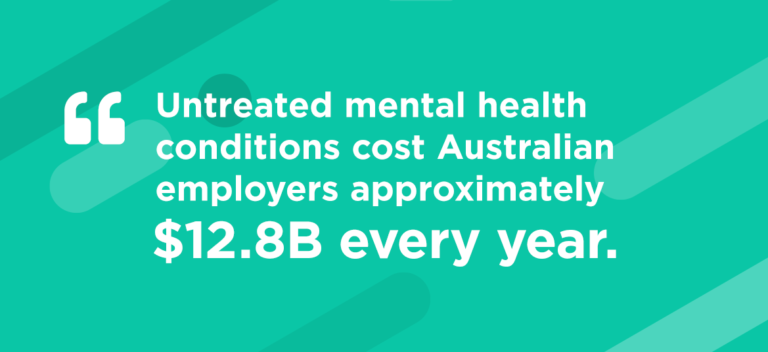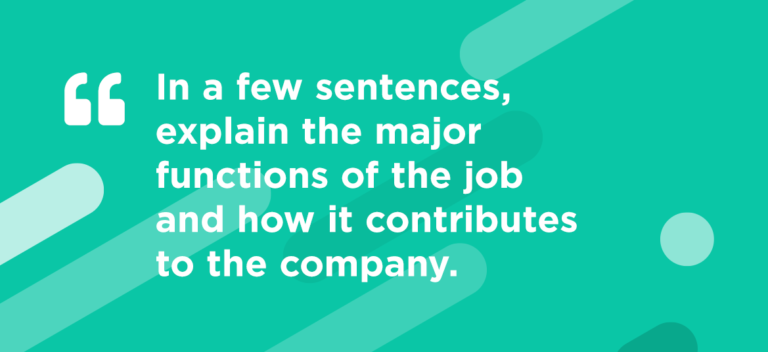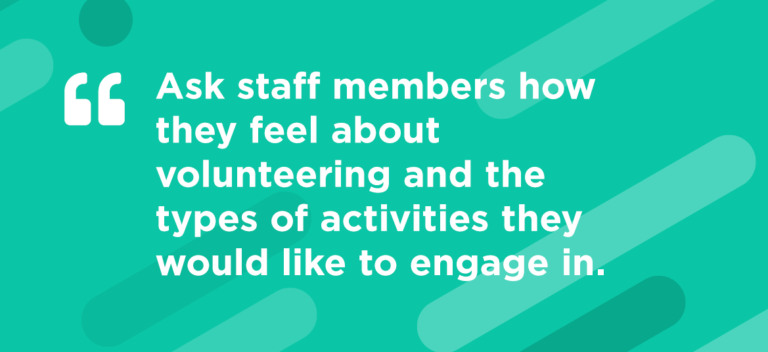Research highlights late payment problems in Australia
According to Ilion, late payment times for the September 2020 quarter averaged 11.0 days and
showed an increase of more than 20% compared with the same time in 2019. These late payments can cause serious cash flow issues for SMEs that need to cover their expenses. So here we’ll cover some of the steps to accelerate the collection of late payments and avoid bad debt.
Start with credit policies and procedures
To prevent the problem from the beginning, create credit policies and procedures which clearly set out terms of trade. Credit policies and procedures should answer questions, such as whether you charge interest on late payments and at what stages do you escalate collection actions.
Effectively start by checking the credit of every new client before you offer payment terms.
A crucial part of the process is requiring new clients to complete a credit application. This should include their basic business details plus at least three credit references. Call these references to ensure that the new customer has a record of paying their bills on time. If not, you will want to make other arrangements, such as 100% prepayment or 50% prepayment and 50% on delivery of goods or services. At this stage, you should also determine credit limits based on the information you get from the application and reference checks. Get more details on How to Protect Your Business with Credit Policies and Procedures.
If you decide to offer the client credit, make sure your payment terms and conditions are clearly outlined. This way they can’t say they didn’t know what was expected when there is a problem.
Take active steps when payments are late
The time to take action is as soon as the payment is late. If you don’t receive payment by the due date, start with a friendly reminder. This can be as simple as emailing the invoice and account statement along with a short reminder. Ask them to get in touch if there is a problem.
If payment is not made, continue sending emails at least once a week. If you don’t get a response from your emails, post the invoice with a letter reminding them of the payment date and asking for payment.
If you don’t get a response from your emails and letter, it’s time to escalate communication. The next step is usually a phone call to discuss payment and determine why it has not been made. Be prepared to listen to your client to understand their situation. If they are having financial difficulties, you could offer that they make several smaller payments to pay off the debt.
If the emails, letters and phone calls don’t work, it’s time to issue a letter of demand. This should outline a deadline for payment before legal action is taken.
The timing of each of these steps should be outlined in your credit policies and procedures. Each business will be different in how they approach late payments. For example, one might reach the letter of demand stage at 30 days overdue while another might reach that point at 60 days after the due date.
Reaching the final stages of debt collection
When all your attempts have worked in getting paid, it’s time to call a professional collections agency. Make sure you keep a record of all your previous attempts at collection, so the agency knows what you have done and when. Debt collection agencies usually work on a commission basis, so they charge a percentage of the outstanding debt if they are successful with the debt recovery.
It’s unfortunate if you get to the stage where you have to call in a collection agency. Remember, though, that this can usually be prevented if you have credit policies and procedures in place, and follow them.
Get the business finance you need while waiting for project payments
Some companies, such as construction businesses, deliver projects that take a large amount of time to complete. While the work is being completed, the business needs to pay for the staff and supplies needed to complete the project. For some projects, the business will receive progress payments; other businesses might only receive the money after the project is completed. In the latter situation, the business will lack the cash flow it needs to keep operating. In this situation, a short-term cash flow loan will help the business keep up with its financial obligations until it receives payment for the work completed.
For an overview of business loans in Australia, check out The Complete Guide to Business Loans in Australia.
Maintain your cash flow while chasing unpaid invoices
While waiting for customers to pay, you need to maintain your cash flow. Even if you have credit control measures in place, you might need a boost in your working capital. One way to do that is with short-term unsecured finance. Find out more about unsecured business loans from Moula.




